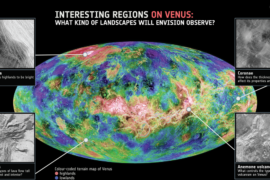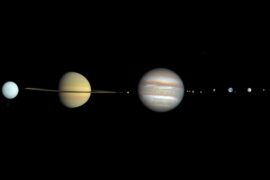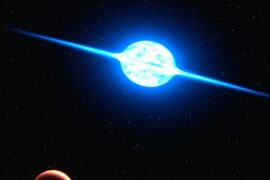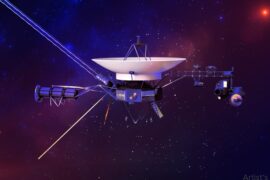Many mysteries remain about the origin of our Solar System, but we have a good idea of how and when it was formed along with the asteroids and planets in it.
The Solar system formed 4.568 billion years ago. It started as a solar nebula which is a fancy word to say it was just a bunch of cosmic dust and gas. When a nearby star went supernova – that is to say, it exploded violently – this cloud of particles was disrupted and collapsed on itself. At the core, a proto-star began to form and its gravity and the momentum of all this movement forced the rest of the clouds to re-align in the shape of a disc (read is the Solar System flat? for more on that).
When the dust and gas started to collide with each other, small pieces of rock started to form. Those pieces formed asteroids, and then larger objects started to take shape, those would eventually become the planets that we know today.
In astronomical terms, all that happened pretty fast. It only took 100 million years or so.
So now, we can really answer the question.
How old are the planets in the solar system?
The planets in the Solar system are 4.5 billion years old approximately. All of them formed around the same time with some slight differences.
The following table lists the age of the planets in the solar system to the best approximation that we have for each.
| Planet | Age |
|---|---|
| Mercury | 4.503 billion years |
| Venus | 4.503 billion years |
| Earth | 4.503 billion years |
| Mars | 4.503 billion years |
| Jupiter | 4.565 billion years |
| Saturn | 4.543 billion years |
| Uranus | 4.543 billion years |
| Neptune | 4.543 billion years |
It is important to note that these are very rough estimations. When it comes to cosmic dates of such magnitude it is very hard to pinpoint the exact ages of each planet. Another challenge is the lack of data for some of them.
As you can see, most of the planets formed approximately at the same time. This is obvious since all of them come from the same proto-planetary disc.
But if you look at the table, you will one small exception.
What is the oldest planet in the Solar system?
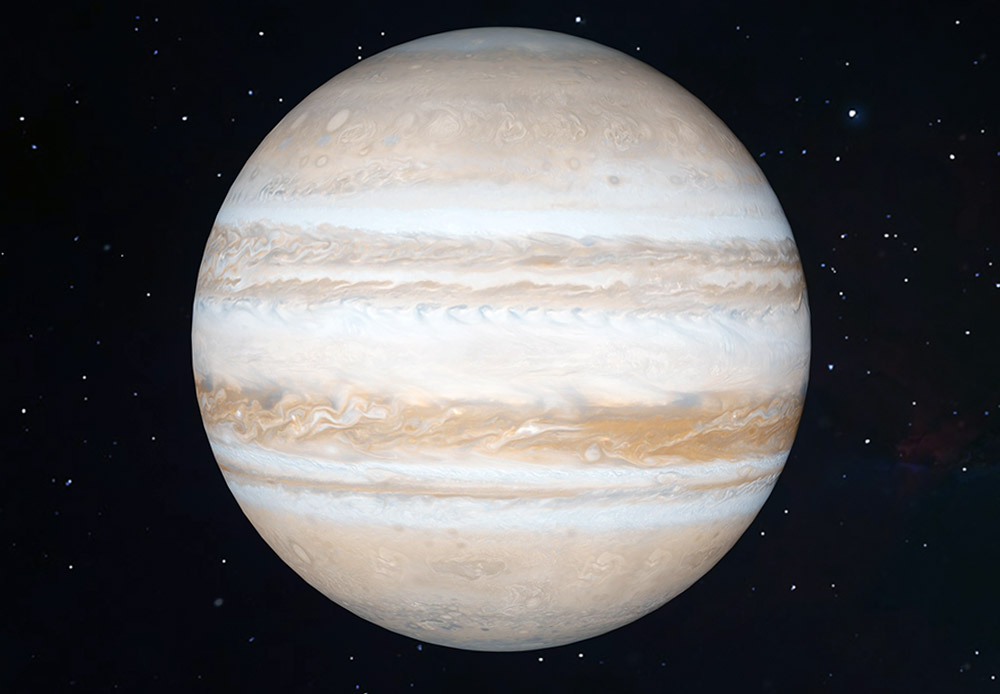
Jupiter is slightly older than all the other planets in the Solar system by about 100 million years. It started to form barely 3 million years after the Sun.
This gas giant formed around the edges of the early Solar system where the reduced gravity of the Sun and the larger quantity of materials allowed it to grow.
After gaining considerable size, Jupiter began to move inward to the orbit where it is found today. On its way, it disrupted the asteroids in its path, flinging lots of material around. Its large gravitational influence is the reason why the asteroid belt was never to form as a planet. It is possible that a few proto-planets the size of the Moon were around the area and Jupiter’s gravity made them collide with each other, creating the asteroid belt.
The next planets to form were the other gas giants, Saturn Uranus and Neptune. A theory suggests that because these gas giants took up a lot of the materials to form, that left little left and that would be why the inner planets are much smaller and have a rocky composition instead. We still need to study a lot more planetary systems in their early stages to understand how that dynamics work and if those theories are correct.
How do we know the age of the planets?
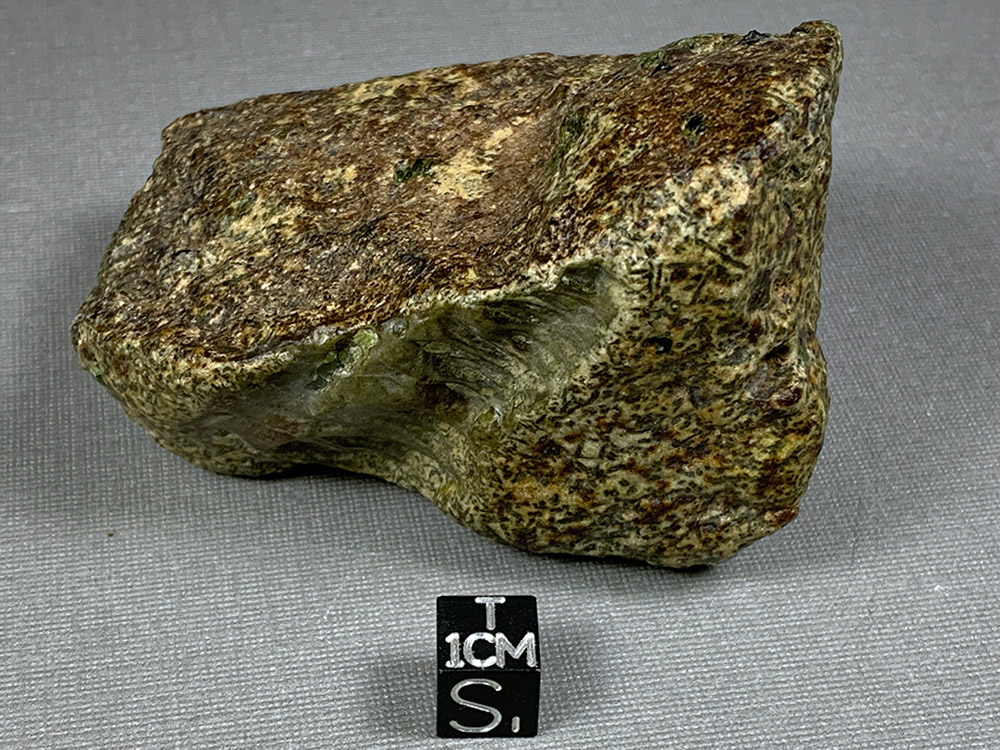
The method used to figure out all this is very interesting. And the answer is: rocks!
More specifically, meteorites.
Meteors and asteroids were some of the first building blocks of the Solar system. They have been around from the beginning which means that if we can figure out their age, we can also know how old is the Solar system.
We have on Earth some of those meteors, which we call meteorites after they crash on the planet (see: where are meteorites found?).
Scientists have measured the age of these meteorites by measuring the radioactive decay of the uranium, potassium, thorium, and other isotopes found on these rocks. The decay of those isotopes happens at a fixed rate, so, if we know how much they have decayed, we can calculate how old is the meteorite. It is, in principle, the same technique that is used to do carbon dating to determine the age of archeological artifacts or in forensic science, but carbon only works for “younger” objects.
The oldest meteorite found on Earth was cataloged as Erg Chech 002 (EC 002) and was found in the Sahara desert in 2020. It is 4.566 billion years old which means it formed only 2 million years after the Solar system.
Summary
- All the planets in the Solar system have more or less the same age, 4.5 billion years.
- The eldest planet is Jupiter, which was formed shortly after the creation of the Solar system.
- We know the age of the planets thanks to the radioactive decay of elements found on meteorites.
Enjoyed this article?
Get daily 10-minute PDFs about astronomy to read before bed!
Sign up for our upcoming micro-learning service where you will learn something new about space and beyond every day while winding down.


